The Creative Force7/14/2012 Linolium block prints reflect the ancient human urge to create images. The first time someone looked at a footprint in the mud and thought - "What if I . . .?" (Chris is taking a block printing class).
0 Comments
Public Art7/12/2012 The San Francisco Civic Center Plaza is a great place for public art. I drive by all the time. Currently an inflated sculpture of a lotus flower greats the many tour buses stopped at this post card site. The petals wave in the breeze.
Last week I walked by and the entire sculpture was deflated. I thought it was being removed. I was wrong, I think they were cleaning it and it was in its full glory when I walked by again. 2,000 Years6/11/2012 The Buddhist Stupa was originally a burial mound for relics of the historical Buddha or other sacred objects. It was topped with a structure similar to the one on the right which is a 2,000 year old miniture stupa from Northwestern India or Pakistan now at the Asian Art Museum in San Francisco.
As the stupa form moved to China and Japan, it evolved into pagodas. This pagoda in San Francisco's Japantown was built 2,000 years after the one on the right and as you can see the top of the pagoda is very similar to the top of the stupa. (I'm getting ready for a presentation this month!) The Bean4/30/2012 Like a moth to a flame, people are drawn to this piece of public art in Chicago's Millenium Park. Called a "bean" because of it shape, it is large enough to walk underneath and the reflective surface mirrors everthing around it.
Everyone takes pictures of themselves. One of the most engaging scuptures I've seen. Sri Lanka Mask4/10/2012 Chris banished this mask from the house because she found it too disturbing to see. Now that I'm studying Asian art, I'm learning the good side of these frightening images. Frightening images called makaras are often found above doorways of temples. They serve to mark the transition between the material e world and the spiritual world. The frightening mask holds at bay and dispels evil -- so actually it is a guardian.
Why so frightening? the protective guardian, must be EQUAL to whatever evil it may encounter. Asian Art Museum Docent Training2/23/2012 The training of future docents became a little more real to me last week. My assignment was to "shadow" a 6th grade field trip visit to the Asian Art Museum and observe the docents, kids, and parents to see learn what to expect. I found 6th graders are great. Their old enough to really engage with the art yet not too old to feel the whole experience is just not cool enough to warrant their attention. In this photo above they are lining up in front of the museum as the teacher distributes tickets to each one. Bless public school teachers!
Compare and Contrast11/28/2011 As part of my Asian Art Museum docent training, we're learning different techniques of engaging people with the art. The latest technique we practiced was "compare and contrast". By comparing two different objects, it allows people to focus and really look at each one.
These two objects were assigned to me to present using the compare and contrast technique. I asked the "visitors" to pretend they were buying these as gifts for two different people and to decide which is the most appropriate for each person. Seated Buddha - Sri Lanka 1700-180011/9/2011 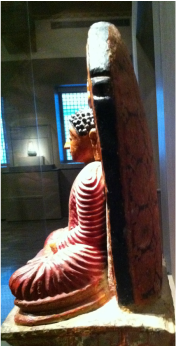 Sideview As an Asian Art Museum Docent trainee, I had the assignment of giving a 3 minute presentation on meaning of the colored pattern behind this seated Buddha. The museums curators haven't come to a conclusion as to what it represents as there are several possible interpretations. One interpretation is that the background is a hood of snakes based on the story of Buddha's 7 week meditation at Bodhgaya. According to the story, during the 6th week a great rain storm arose and the snake deity rose to form a protecting cape to keep the Buddha dry. Others believe it represents fire -- showing Buddha's enlightenment. Still others believe the pattern shows lotus leaves -- a continuation of a lotus leaf base -- a common buddhist theseen many times. I pondered this for a while as the three little knobs at the top and sides certainly could represent cobra heads. If they were cobra heads, then perhaps the top and back of the sculpture would reinforce that ideal - so I tried to get a glimpse of the back. Although it wasn't possible to see the back since it is up against the wall, I went up to the side as close as possible. I was surprised NOT to see a continuation of the knobs as snakes, but a field of objects that looked very flower-like to me. My conclusion is the background represents lotus leaves rather than a hood of cobra snakes -- but that's only my opinion. If you look at the museum's website for the Seated Buddha, you will see a picture of the back that clearly shows a field of flowers.
DeYoung Museum - Golden Gate Park11/3/2011 At first glance, you might think this was taken at a winery in the California wine country. The setting seems bucolic, but the photo was actually taken in the middle of San Francisco at the outdoor cafe of the DeYoung Museum in Golden Gate Park. The new museum design by the Swiss architectural firm of Herzog and De Meuron is a dramatic change from its previous stogy incarnation. Its dimpled copper sheathing has weathered now and the museum seems to have settled-in.
On nice days, the outdoor cafe seating is popular and the dramatic overhang frames the sky and space nicely. On rainy days you can even park in the underground garage and enter the museum directly without getting wet. Ferry Building Farmers Market Mosaic10/25/2011  There are lots of things to like about the renovated Ferry Building. This small decorative detail above is especially nice. Timeless in appearance, it could be a detail from Roman times. Before the San Francisco Bay Bridge was built in the 1930's, the Ferry Building at the end of Market Street was a bustling center of activity for people coming into San Francisco by ferry. After the bridge was built, the building slowly fell silent as people stopped taking Ferries. The building was converted into office spaces and there was a mezzanine built above the ground floor. The mezzanine was later removed to reveal the skylit space. The interior and surrounding area is now a Farmers Market featuring local sustainable specialty produce. Immediately embraced by local foodies, it is jammed on Saturdays when people flock there to shop. AuthorCatagories
All
Archives
October 2020
Blogs I follow
|

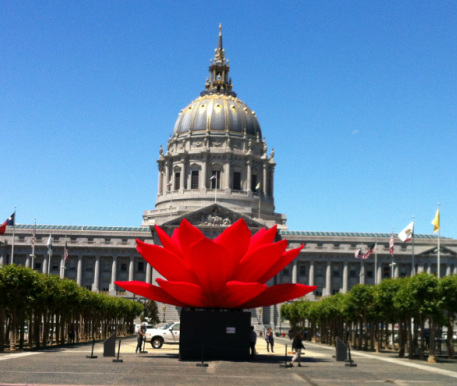
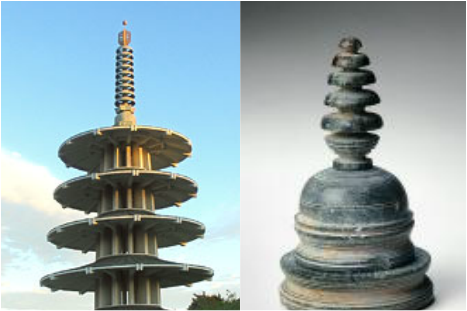
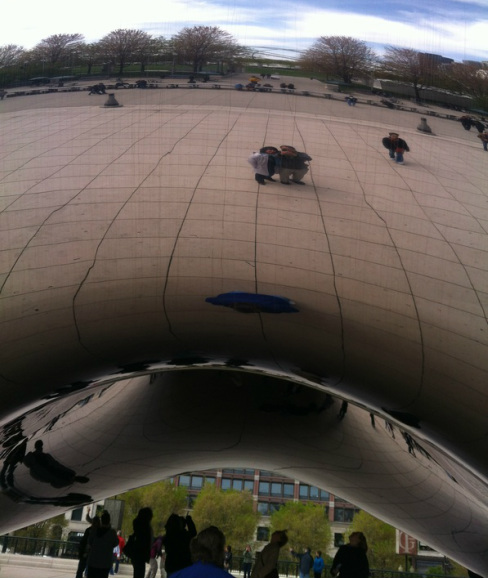


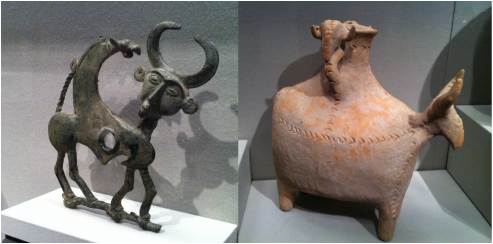


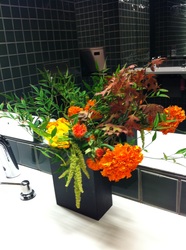

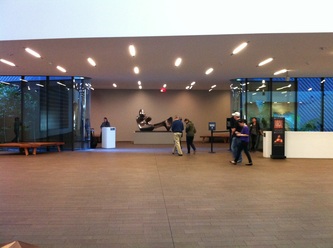
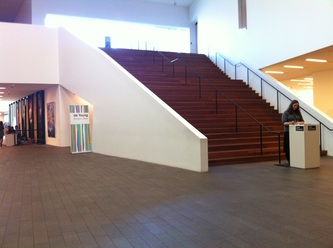

 RSS Feed
RSS Feed
